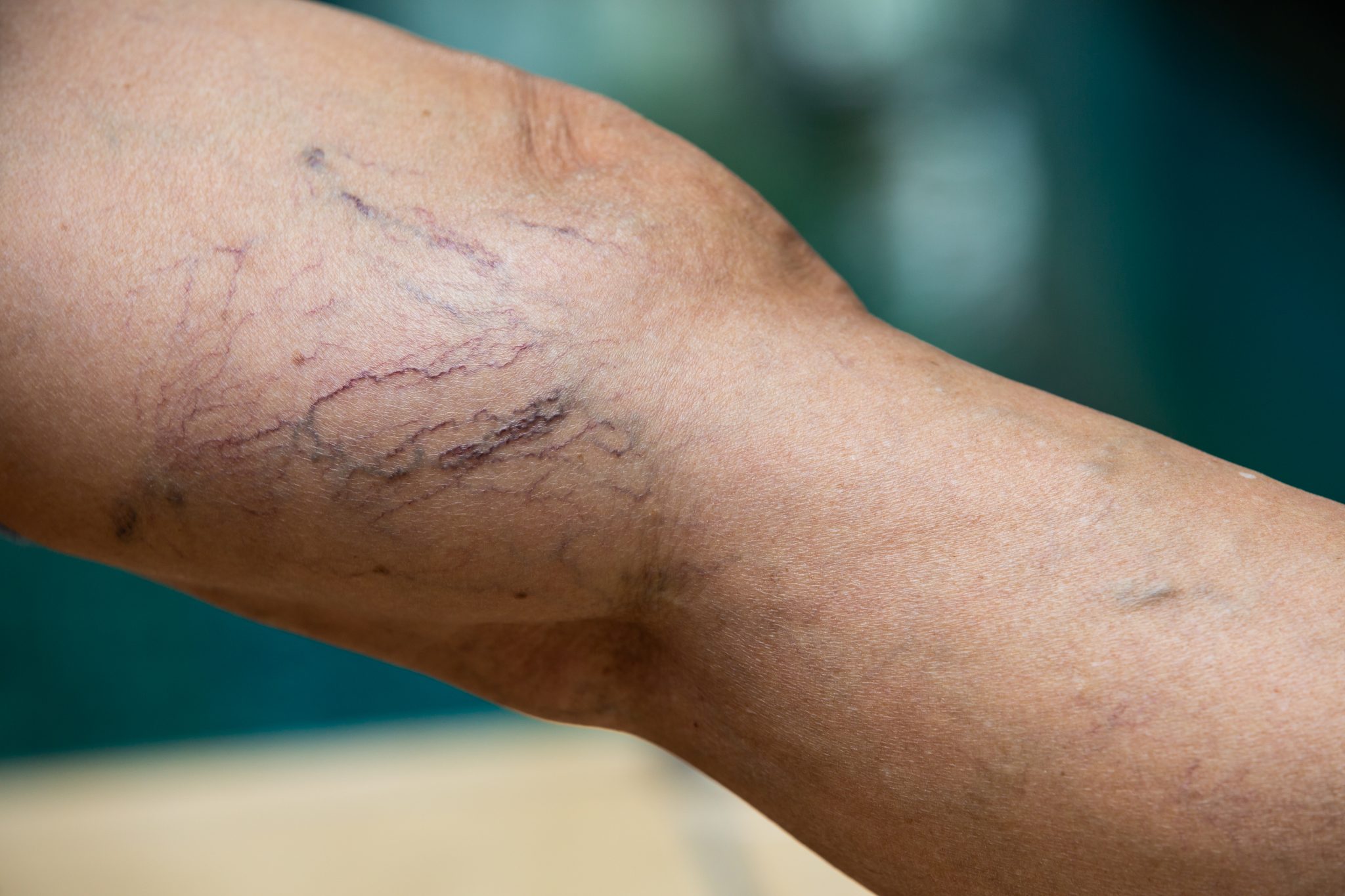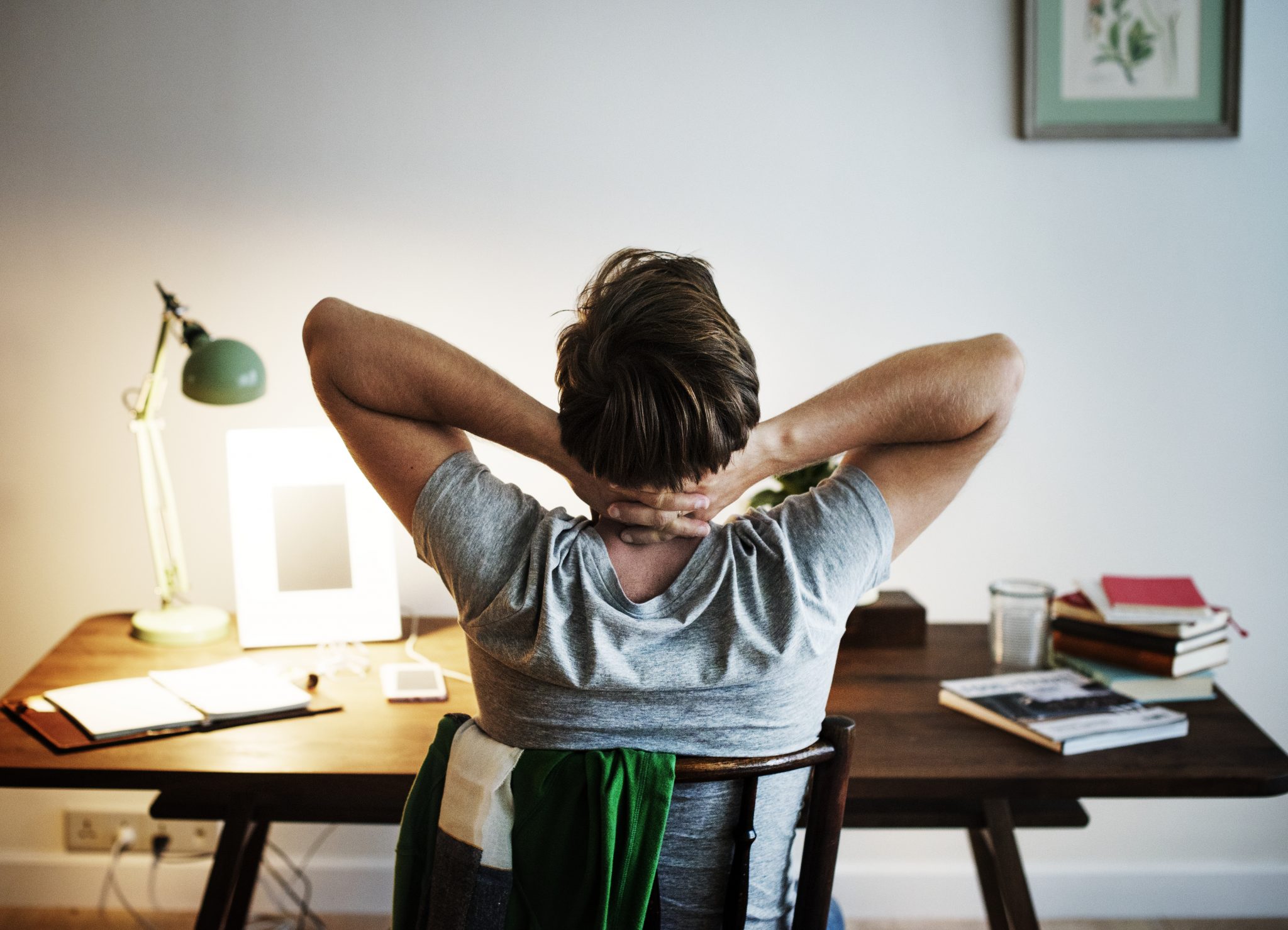5 Commonly Asked Questions about Vein Disease: Varicose Veins
People have become more conscious about their health, and they want to know more about the health issues, problems, and diseases that can lead a person to death. Whenever a disease is discovered, some common questions arise in the minds of people like; “What are the symptoms of this disease?” or “What are the affordable treatments?” etc.
The same is the case with varicose veins, a vein disease that not many people are aware of. We’ve addressed some common questions about this vein disease that people frequently have. Before moving onto the questions, let’s discuss briefly what veins are and the functions they perform.
Veins & their function
The most common definition of veins is the blood vessels that carry the deoxygenated blood from the whole body to the heart. In this way, the blood in the body is recycled and re-oxygenated. Blood is oxygenated to provide oxygen to each part of our body, tissues, and organs. So, we get that the main function of veins is to take blood to the heart.
One vein disease that is most prevalent these days is varicose veins, and people are still in the dark of what it is.
Varicose Veins
Varicose veins are enlarged and twisted superficial veins; they occur when the veins are dilated & overfilled with blood. Varicose veins, for some people actually, are a cosmetic concern. But for others, they may be very painful. Varicose veins are also known as ”Varicoses” or “Vericosities.”
Varicose veins occur near the skin’s surface. These usually occur in the legs, causing the mass of the affected area or leg to look weird, i.e., they may appear swollen, colored and raised.
Q1. What are the Symptoms of Varicose Veins?
The symptoms of varicose veins may be divided into slight and extreme symptoms.
Slight
- Appearance: dark purple or blue color veins
- Look like cords
- Twisted and bulging veins appearing
Extreme
- Pain in the leg or near the affected area
- Heavy feeling in the leg
- Increased pain after sitting & standing for a long time
- Itching around the affected leg (around veins)
- Skin discoloration around the veins
- Throbbing, burning, muscle cramping & swelling in lower legs
Q2. What are the Causes of Varicose Veins?
There are primarily two causes.
Weak or damaged valves of veins
Weakness or damage in vein valves may cause poor blood circulation in the veins which may lead to varicose veins. The valves ensure that the blood may not flow back.
Weakness in the vein walls
Weakness in the walls of the veins may lead to pooling of the blood. The weak walls can add the difficulty of increasing pressure in the veins. The increase in pressure is due to the increased volume of blood in the veins, which may lead to varicose veins.
Complications of varicose veins include:
- Blood clotting
- Phlebitis (Inflammation in veins)
- Congenital abnormalities
Q3. Are there any risk factors of Varicose Veins?
The risk factors of varicose veins include:
Family history
One of the risk factors includes family history. If any member in your family had varicose veins, there are chances of you getting affected. But this can be overcome by following some precautions.
Pregnancy
The volume in the body increases during pregnancy. This can produce a bad effect in the form of varicose veins by increasing pressure on the legs & veins.
Standing for long periods
Standing for long periods may lead to varicose veins. Standing for more than one hour can damage the veins and increase pressure on them. Also, the flow of blood tends to become restricted if you’re in the same position for a long time.
Age
Due to the increasing age factor, mainly over 50, the veins in the body become weak. Consequently, the volume of the veins increases & allows more of the blood to pass which causes more pressure on the veins hence leading to varicose veins.
Obesity
Obesity is a primary cause of varicose veins. The pressure is increased on the legs due to being overweight. This increases pressure on the veins that may lead to varicose veins.
Q4. What are the harms or horrible conditions varicose veins can lead to?
This kind of venous damage may lead to several deadly diseases such as:
Deep Vein Thrombosis
Also known as DVT, this occurs when a blood clot is formed in the major vein of the body. This is a very serious condition.
Pulmonary Embolism
Also known as PE, this is a complication in which the blood clot breaks loose and travels in the body. Since it can restrict blood flow, it can be fatal.
Post-thrombotic syndrome
Also known as PTS, this occurs as a long term complication of DVT. It may lower the person’s quality of life. It is also commonly known as venous stress.
Q5. Why does it usually occur in the legs?
Standing for long periods builds pressure on the legs. Avoid standing for long periods. Blood does not flow well when you stay in the same position continuously for long periods. Walking too much or standing too much for a long period can increase pressure on the legs, thus increasing the pressure of blood flow in the veins and on the walls of the veins. This may lead to varicose veins in the legs.
The people who work while standing up for a long period of time may develop varicose veins. So, it is advised to take a break from work and relax your legs for a few minutes.
Preventions
- Wear compression stockings.
- Raise your legs above 6 inches from your heart from time to time.
- Don’t stand or sit for more than one hour at a time.
- Exercise as prescribed by a healthcare expert
- Don’t hurt your legs or try not to hit them
- Eat less salt
Treatments
Some common treatment procedures for varicose veins include:
- Sclerotherapy
- Ablation or destruction of abnormal veins with techniques using laser, radiofrequency or other modalities
- Removal of varicose veins with surgical procedures including “vein stripping.”
- Compression dressing with single or multilayered systems





